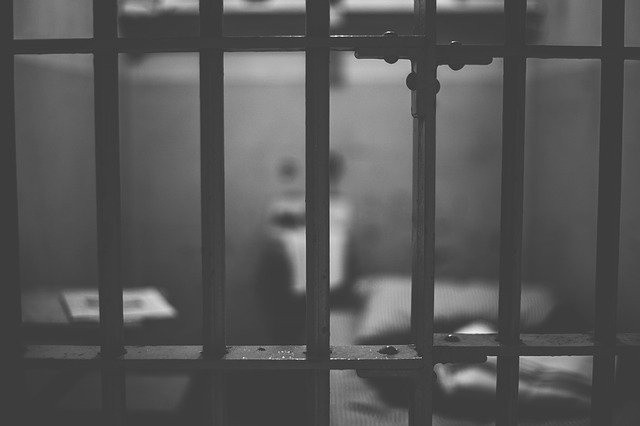
In 1971, Attica Prison Riot would be one of the most well-known prison riots in recent American history. One of the worst uprisings was the demand for reforms, but it quickly got ugly, ending violence and casualties.
This incident was 50 years back when conditions in prisons would be brutal. Inmates would live in situations that may as well be inhuman, prompting them to demand reforms. All the bad blood finally burst when the prison was stormed and ended in one of the deadliest riots, racking with about 43 victims dying in the aftermath.
Tensions Escalated During the Rebellion in Attica
The Attica Correctional Facility rebellion started on September 9 in 1971. It was four days of talks between inmates with demands for reform and the official workers concerned by these demands, reported the Daily Star.
To convince officials, inmate leaders took hostage 42 correctional officers with civilians as hostages. They felt their demands as the jail did not meet better prison conditions and rights given to inmates, so they reacted. The negotiation between the two had ended when the New York State Police entered the Attica facility and retook it by force.
An article in USA Today mentioned that before the riot, the New York Commissioner of corrections, Russell Oswald, had a letter addressed to him by five prisoners from the facility in July. Insiders were asking for 28 prison reforms due to inmates that claimed to be the Attica Liberation Faction. Oswald was believed to acknowledge the letter and carefully go over the five's demands before the Attica Prison Riot.
Even though Commissioner Oswald said he would consider these requests, he didn't implement them immediately and kept stalling them. This act of not prioritizing these demands made the inmates very mad despite their hope for significant changes to be implemented.
Uprising of Inmates Due to the Belief the Commissioner Did Not Acknowledge Demands
One of the complaints that the inmates brought to attention was getting packed like sardines and overcrowded facilities, living space that was the least comfortable, and lastly, getting beaten and mistreated while locked up.
About 2,234 prisoners rose against the chiefs in Attica, while half of the prisoners were composed of black men. The riot happened on September 9 when prisoners were told that the recreation areas were being closed off. The prisoners were fed up, took the steel gate down, and captured all the guards before taking their keys.
An article by the New York Post about the riot mentioned at 10:30 am, prisoners were in command of the entire D Yard. They took hostages as insurance from reprisal towards jail officials. The riot leaders decided to take control of Attica prison, which later turned into a bloody clash against the police force that arrived to retake the prison.
In the worst jail uprising, the riot's aftermath and violence ended with 29 inmates and about ten hostages dying in the southeastern D yard. Fellow inmates killed one warden and three prisoners before the retaking of the prison facility. Added to the 43 dead are 128 injures due to the uprising.
Deanne Quinn Miller, a daughter of a former correctional officer, said her dad, one of the riots' victims, passed away on September 11, 1971. She is one of the many who lost a loved one in the Attica Prison Riot of 1971, hoping for justification from the state, which she expects this year as it is the 50th anniversary of the riot that killed her father.
© 2025 HNGN, All rights reserved. Do not reproduce without permission.








